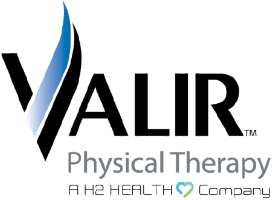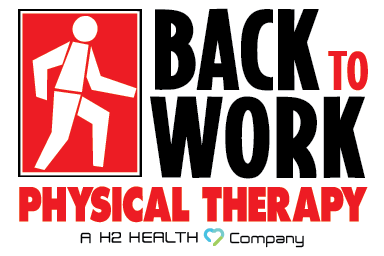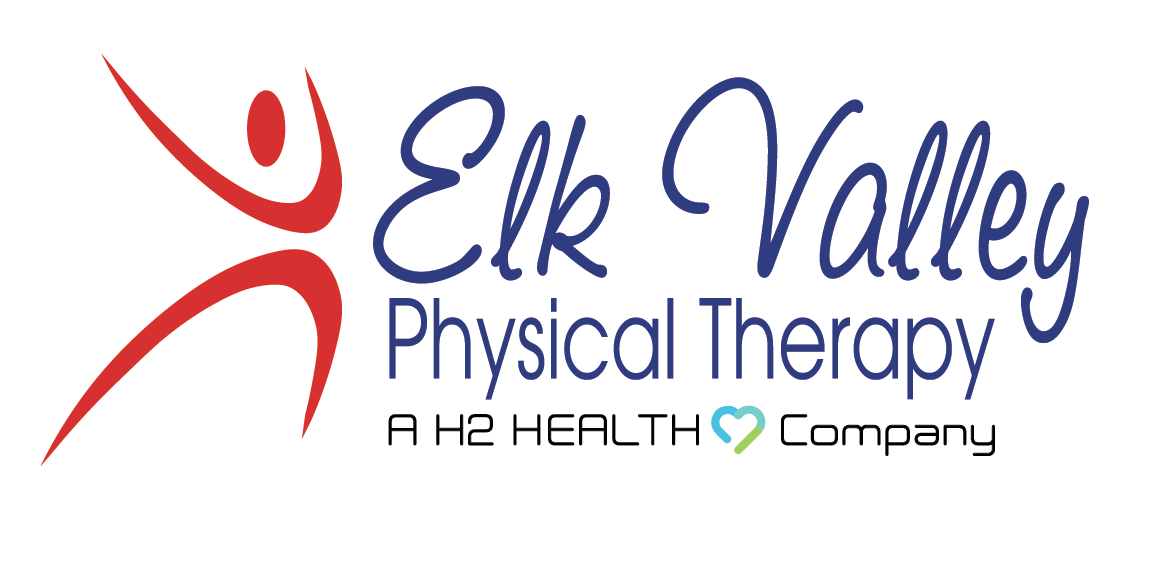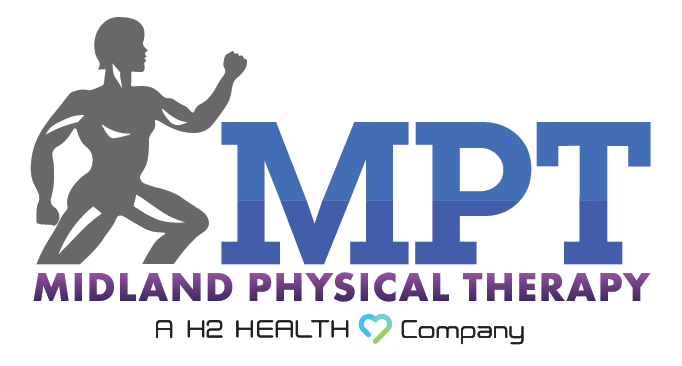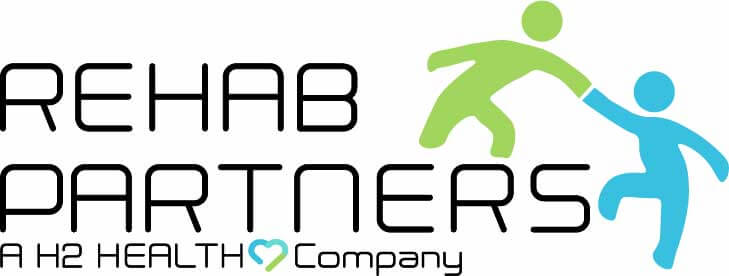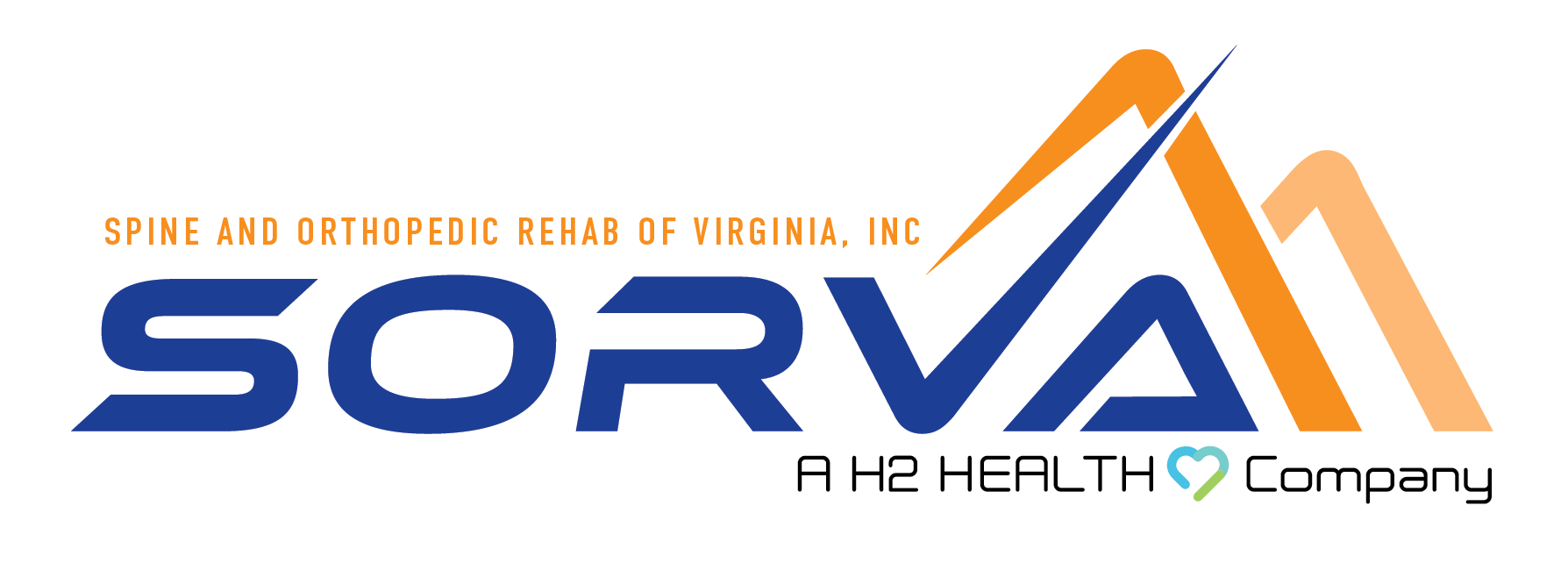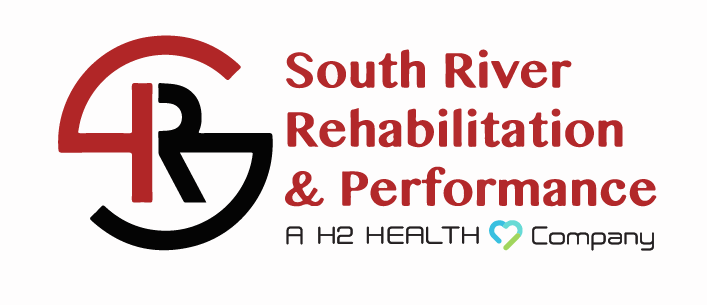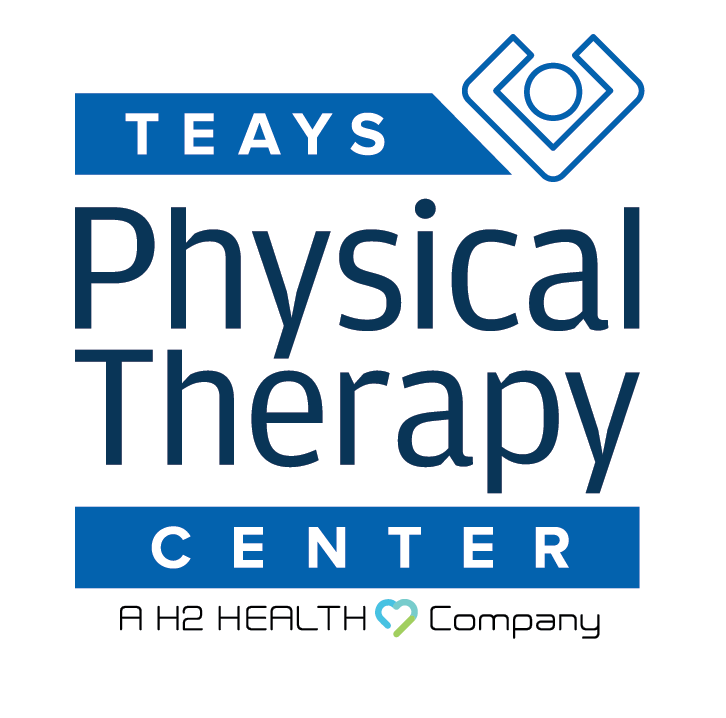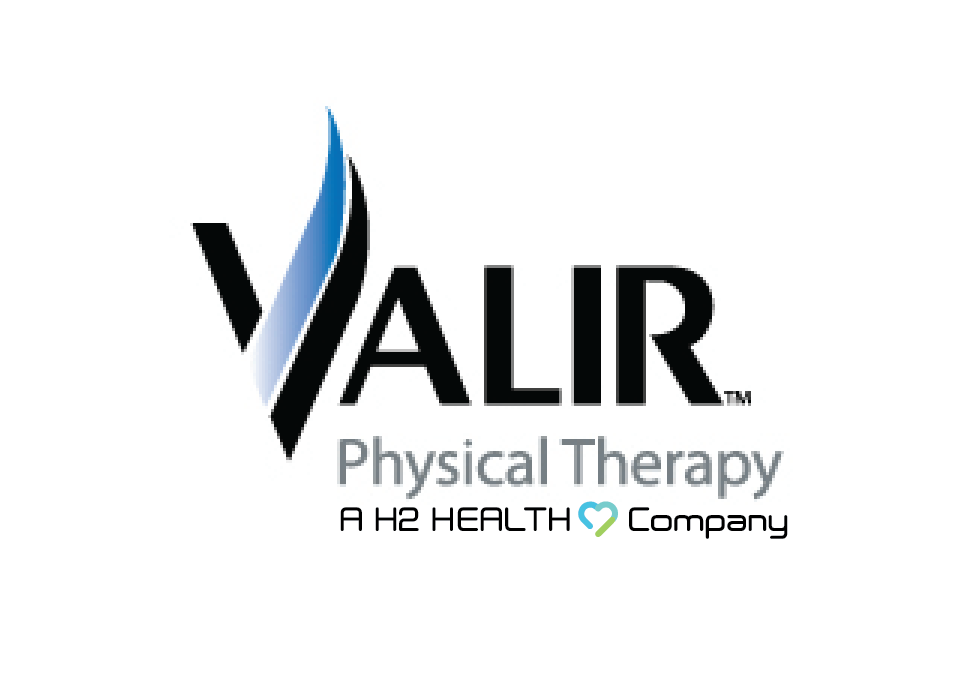
Physical therapists have seen it all when it comes to shoulder injuries. As such, they want patients to know a few things about shoulder physical therapy in order to make the most out of the treatment.
Let’s discuss what shoulder physical therapy is, what kinds of injuries it addresses, what treatment is like, and where you can go to receive high-quality shoulder physical therapy from trained professionals.
What Is Shoulder Physical Therapy?
Shoulder physical therapy is a noninvasive, drug-free treatment that is used to address a variety of shoulder injuries. The goals of shoulder physical therapy are to reduce shoulder pain, improve range of motion, and restore strength and function to the shoulder.
Different Types of Shoulder Injuries That Can Occur
There are many different types of shoulder injuries, including:
- Rotator cuff tear – The rotator cuff is the group of muscles and tendons that keep the head of the humerus (upper arm bone) in its socket and helps move the arm. When the rotator cuff has even small tears, it can cause aching shoulder pain.
- Shoulder arthritis – Osteoarthritis (the most common type of arthritis) is a condition in which the soft cartilage – the tissue that provides a cushion between bones in a joint – breaks down over time due to wear and tear. Without this cushioning, bone can rub against bone during movement – and this can be painful and cause a grating sensation when you move your shoulder.
- Bursitis – This is the inflammation of the protective sacs of fluid (bursae) that provide cushioning between some bones and adjacent structures, like protrusions on the hips, elbows, and shoulders. Shoulder bursitis can cause aching pain in the shoulder, decreased or painful range of motion, and severe swelling of the shoulder at the joint.
- Labral tear – The labrum is like the rotator cuff in that it surrounds the head of the humerus and helps keep it in place in the shallow shoulder joint. However, the labrum is made of fibrous (not soft) cartilage, and it can tear away from the bone if the shoulder is dislocated – or it can fray over time as we get older, making the shoulder unstable and prone to further injury.
How Shoulder Injuries Are Evaluated by Physical Therapists
Musculoskeletal injuries are diagnosed by doctors who often use imaging tests like X-rays and MRIs to identify injured tissue. However, it’s important to note that at your first appointment with a physical therapist, they will also evaluate your injury by performing a physical exam.
Physical therapists work closely with the doctors who refer patients to them. The physical therapist uses the doctor’s prescription in combination with their own physical exam to assess your strength and range of motion, and to create an effective treatment plan for your individual condition.
Shoulder Physical Therapy Exercises
Therapeutic exercises for physical therapy of the shoulder are an important part of the treatment for many shoulder injuries. There are many different exercises that can be used, but some of the most popular exercises for shoulder injuries include:
- Passive range-of-motion exercises – These exercises involve your physical therapist gently moving your arm through its range of motion. This helps to improve your shoulder’s range of motion and to decrease shoulder pain.
- Active range-of-motion exercises – These exercises involve you moving your own arm through its range of motion. This helps to improve your flexibility and shoulder strength.
- Scapular strengthening exercises – These exercises involve strengthening the muscles around your shoulder blade (scapula). These muscles help keep your shoulder stable, and so keeping them strong will help to protect it from further injury.
- Rotator cuff strengthening exercises – These exercises involve strengthening the muscles and tendons that make up the rotator cuff. The rotator cuff is responsible for enabling movement of the arm, so it is important to keep these muscles strong.
Importance of Following the Physical Therapist’s Instructions
Physical therapy consists of doing exercises during your appointment as well as doing exercises at home in between appointments, and continuing them after your therapy is technically complete. If these recommendations by your physical therapist are not followed correctly and fully, the injury may not heal properly and further complications may occur.
Physical Therapy for Shoulders
Here at H2 Health, we offer beneficial shoulder physical therapy from our trained professionals. Our physical therapists are experienced in treating a wide variety of shoulder injuries, and we utilize various personalized treatment methods to ensure each patient receives the best possible care. We also offer convenient appointment times and a comfortable, relaxing environment.
To schedule an appointment or to learn more about our shoulder physical therapy services, call us today at (800) 699-9395 or request an appointment here. We look forward to serving you!



